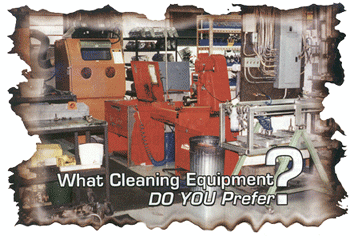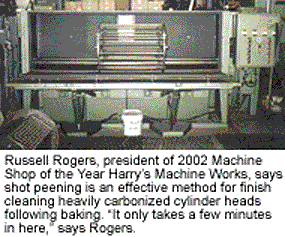
When it comes to cleaning engines, there seems to be as many processes and machines to get parts clean as there are hair loss treatments. However, finding what works is what really matters to most engine builders.
Since the Environmental Protection Agency (EPA) began regulating the handling of hazardous waste in ernest, it has added to the burden of cleaning engines. And it has significantly impacted the way cleaning is approached today.
So what is it that engine builders want from their mix of cleaning machines? Simple. They want what cleans the quickest, cleans the best, leaves the best finish, offers the lowest total operating cost, and does it with the lowest possible clean up expense. But, not surprisingly, there are tradeoffs.

Most production engine remanufacturers (PERs) we spoke to in addition to being interested in effective cleaning, were interested in the fastest cleaning methods possible. Speed was a large priority, after effective cleaning. To achieve this feat many PERs employ thermal ovens and shot blasting equipment. Jet spray washers are also used by PERs, but typically only for aluminum and final cleaning following machining because they are not as fast as ovens.
"What I like most about heat and blast cleaning, for our purposes, is that I can get an engine cleaned in about an hour with this process," said one PER that builds about 80 engines a month, as well as installs about 70 engines monthly.
When speed is a big concern, engine builders prefer the heat and blast method, but note that it doesn













